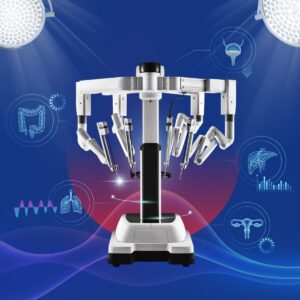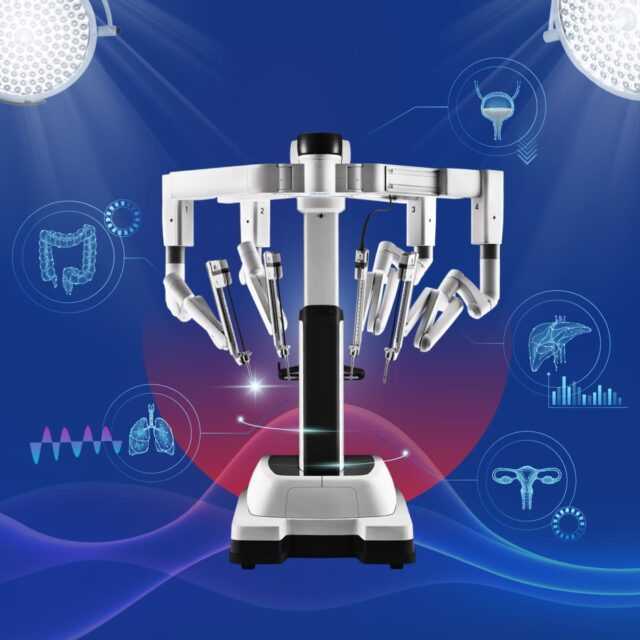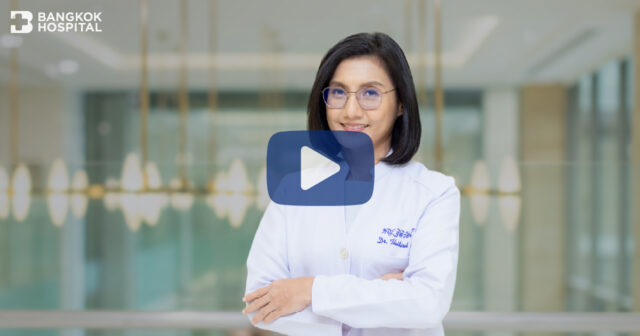Appendicitis is an infection or inflammation of the appendix which is a finger-shaped pouch that projects from colon on the lower right side of the abdomen. It can actually strike anyone at any age including kids. Since children might not be able to precisely point to their pain areas, differential diagnosis might be delayed, resulting in other serious complications such as appendix ruptures and peritonitis (infections inside the abdominal cavity). Thus, it is vital to know the symptoms of appendicitis. If appendicitis is suspected in the kids, immediate medical care is highly recommended. Early diagnosis with full physical examinations substantially leads to effective and timely surgery which reduces disease severity and serious complications.
Get to know appendicitis in children
Appendicitis is an inflammation of the appendix which is a finger-shaped pouch that projects from colon on the lower right side of the abdomen. The appendix does not seem to have a specific function. Major cause of appendicitis in kids primarily involves the blockages in the lining of the appendix. Causes of blockages might include fecal impaction in the appendix and enlarged lymph nodes in the appendix areas, leading to distension. This results unfavorably in an increased intraluminal pressure with subsequent mural invasion by intraluminal bacteria, resulting in infections. Subsequently, pathogenic bacteria multiply rapidly and cause the appendix to become inflamed, swollen and filled with pus. A perforated appendix is one of the serious complications that tends to occur in kids due to thinner lining of the appendix. If it is not treated promptly, appendicitis in kids can quickly cause a ruptured appendix which spreads infection throughout abdominal cavity (known as peritonitis), leading to sepsis which is a fatal condition that might increase mortality rates.
Signs and Symptoms of appendicitis in children
Each child may experience symptoms of appendicitis differently. However, the most common noticeable symptoms in the beginning include nausea, vomiting and loss of appetite. Aggravated symptom is pain in the abdomen which may start in the area around the belly button and move over to the lower right-hand side of the abdomen. However, this pain may initially start in the lower right-hand side of the abdomen which is the location of the appendix. Severity usually increases as time passes.
Younger children have a higher chance of having ruptured appendicitis because they may not be able to communicate on their symptoms clearly. Symptoms that could be noticed by parents include changes in behavior, less movement or inability to walk or stand up due to pain which gets worse while moving. If the appendix becomes infected, fever and chills will be collectively presented. Left untreated, an inflamed appendix will eventually burst, or perforate and spill infectious materials into the abdominal cavity, causing severe abdominal pain.
Due to more susceptibility in small kids, serious complications are more likely to occur such as intestinal obstructions with manifestations of bloating, flatulence, abdominal distention, nausea and lack of bowel movement such as constipation. If any of these symptoms presents, immediate medical attention must be sought urgently in order to receive an accurate diagnosis and effective surgical treatment in time before serious complications arise.
Diagnosis of appendicitis in children
Tests and procedures used to diagnose appendicitis in children include:
- Taking a medical history of signs and symptoms.
- Measurement of vital signs.
- Physical examination and abdomen examination including abdominal rigidity and tendency.
- Blood tests (CBC: complete blood count) for checking the level of white blood cell count. Higher level may indicate an infection.
- Urine test (urinalysis) and hemodynamic tests.
- Imaging tests such as abdominal X-ray and upper abdominal ultrasound. Computerized tomography (CT) scan might be additionally required to help diagnosing for appendicitis in children, especially when confirmative diagnosis could not be achieved by other tests.
After appendicitis is confirmed and surgery to remove a child’s appendix needs to perform urgently, pre-operative preparation to manage hemodynamic status including dehydration is crucial. Particularly in children with infection, loss of body fluid caused from vomiting and high fever can alter fluid balance. Therefore, the appropriate administration of intravenous fluid supplement significantly helps reducing complications during and after surgery.
Treatment of appendicitis in children
Most of appendicitis cases in children primarily require surgical treatment to remove appendix, called an appendectomy. This procedure is often an emergency surgery in which highly skilled and experienced surgeons are vitally needed in order to operate safely and effectively.
There are two types of appendectomy: open appendectomy and laparoscopic appendectomy. The latter has increasingly been used due to its superior benefits. In comparison to open appendectomy which open cut is required, laparoscopic appendicitis is a minimally invasive surgery to remove the appendix through small incisions. Surgeons operate through these small incisions by insertion of surgical instrument and surgical camera (laparoscope) while watching the enlarged images of the internal organs on a monitoring screen. Laparoscopic appendectomy is usually the preferred method due to smaller incisions, less blood loss, less pain and scarring, faster recovery time as well as the reduced risks of post-operative complications such as lowered rates of infection. Parents can rest assured that their kids will be safely treated.
Apart from highly skilled and experienced surgeons specialized in laparoscopic procedures in pediatrics, advanced surgical technology plays a crucial role to achieve the best possible surgical outcomes. Advanced 3D laparoscopic surgery allows surgeons to perform procedures with greater speed and more accuracy as well as the improvement of surgical outcomes. The laparoscopic camera is attached with 2 high definition lens. With the use of the latest 3D laparoscopic surgical system, surgeons wearing 3D glasses can view the procedure on a high resolution video monitor with full HD, natural 3D vision and depth perception. Due to the advancements in laparoscopic instrument with 4K Ultra High Definition, it enables surgeons to clearly visualize the surgical field in the abdominal cavity including internal organs, blood vessels and nerves which is displayed on 55-inch surgical monitor screen. In comparison to previous Full HD version, as a consequence, it helps enhancing surgical accuracy and promoting more safety to surrounding areas. However, the complexity of laparoscopic procedure is principally determined by the position of the appendix and presenting complications. More importantly, the best possible outcomes can be achieved by the supportive technology and the expertise of surgeons.
Since children are more susceptible to develop a ruptured appendix, appendicitis in children should not be is overlooked. If appendicitis is suspected particularly in the kids, immediate medical care is highly advised in order to receive accurate diagnosis and timely treatment.











